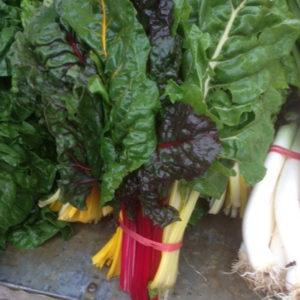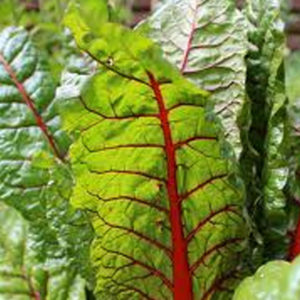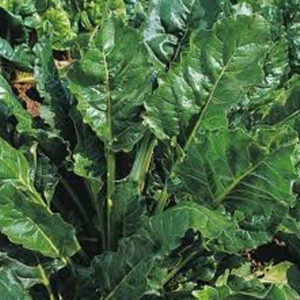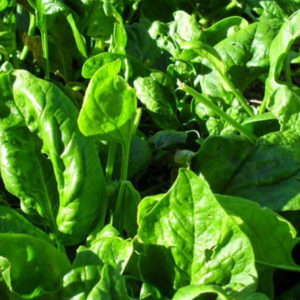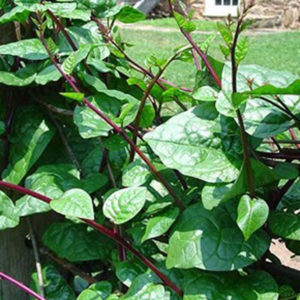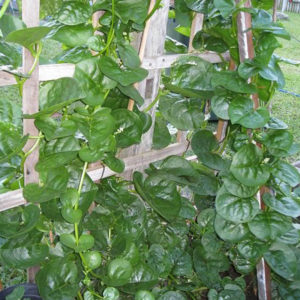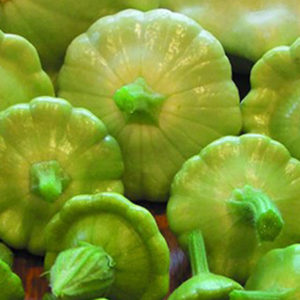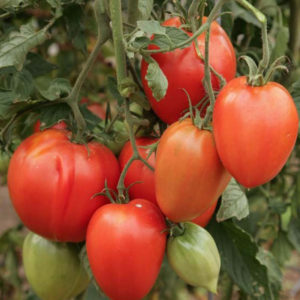-
Out of stock
 Cucurbita pepo Delightful little fruits on compact plants these bright white squashes are best eaten young when they remain very tender, needing very little cooking. Great for small meals when they can be picked carefully as needed.
Cucurbita pepo Delightful little fruits on compact plants these bright white squashes are best eaten young when they remain very tender, needing very little cooking. Great for small meals when they can be picked carefully as needed. -
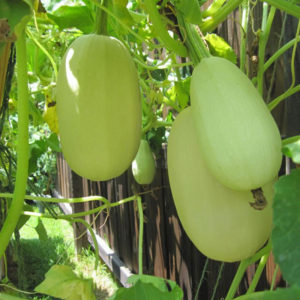 Cucurbita pepo I am often approached by my older customers seeking what they like to call a true squash. And this is the closest I can give them. Lovely flavour especially when roasted. To get the ‘spaghetti’ affect it needs baking. We cut in half, scoop out seeds, fill with eggs, cream, cheese and seasoning and bake first 20mins covered, last 10mins uncovered to crisp the top. Seriously yum.
Cucurbita pepo I am often approached by my older customers seeking what they like to call a true squash. And this is the closest I can give them. Lovely flavour especially when roasted. To get the ‘spaghetti’ affect it needs baking. We cut in half, scoop out seeds, fill with eggs, cream, cheese and seasoning and bake first 20mins covered, last 10mins uncovered to crisp the top. Seriously yum. -
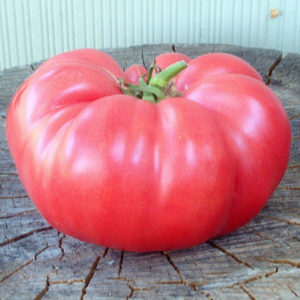 Solanum lycopersicum L. This large tomato was first presented to us by John Grasso at one of our markets. He brought it with both hands saying 'they get bigger than this'. What I didn't realise was how sweet they were. Plant is tall indeterminate type and needs to be staked well especially considering the weight of the fruit!
Solanum lycopersicum L. This large tomato was first presented to us by John Grasso at one of our markets. He brought it with both hands saying 'they get bigger than this'. What I didn't realise was how sweet they were. Plant is tall indeterminate type and needs to be staked well especially considering the weight of the fruit!


